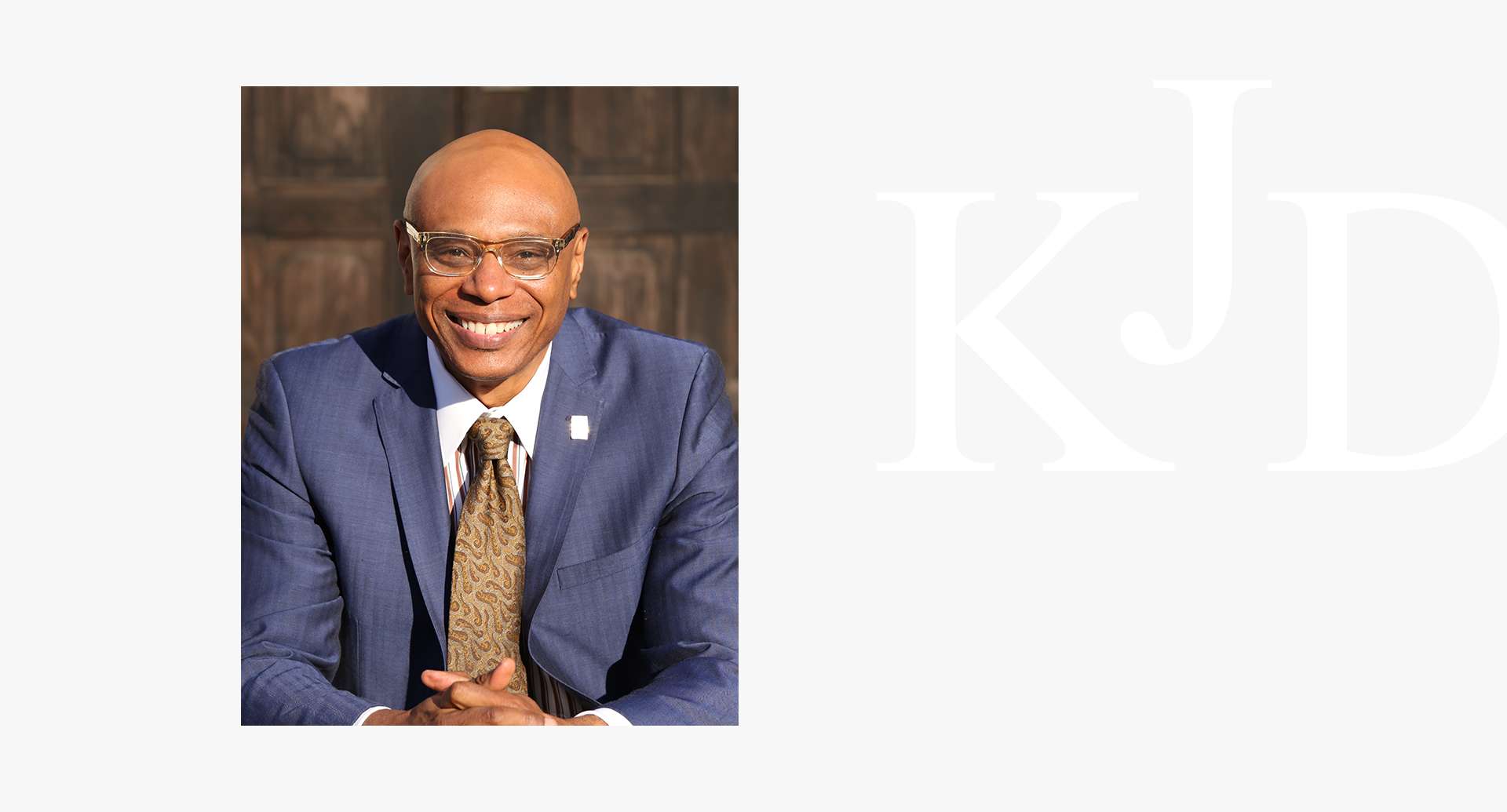In certain extraordinary circumstances, creditors can actually file bankruptcy on you or your business. This is what is known as an “involuntary bankruptcy,” and in almost all cases is filed against a business, not an individual.
How Do Involuntary Bankruptcies Work?
Creditors start an involuntary bankruptcy by filing a petition with the bankruptcy court. Debtors have 20 days to respond once a petition is filed; if the debtor fails to respond, the court will move forward with the bankruptcy. If the debtor responds, he or she will have a chance to mount a defense in court. If the courts find that the petition was not filed in good faith, the case could be dismissed and the creditors might be required to pay the debtor’s costs and fees.
There are also several limits on filing involuntary bankruptcies. Most of the time, these bankruptcies are a collaboration between several creditors. Solitary creditors are only allowed to file an involuntary petition if the creditor is owed at least $14,425 in unsecured debt and if there are fewer than 12 unsecured creditors total. If there are more than 12, at least three must join the petition and their combined debt must total $14,425. Debt claims cannot be disputed or contingent – the amount must be known and not conditioned on a future event.
Involuntary bankruptcies can only be filed under Chapter 7 or Chapter 11 bankruptcy. If you are facing an involuntary bankruptcy, contact a bankruptcy attorney as soon as possible.
Judd Law Firm – Your Gateway to Financial Freedom


